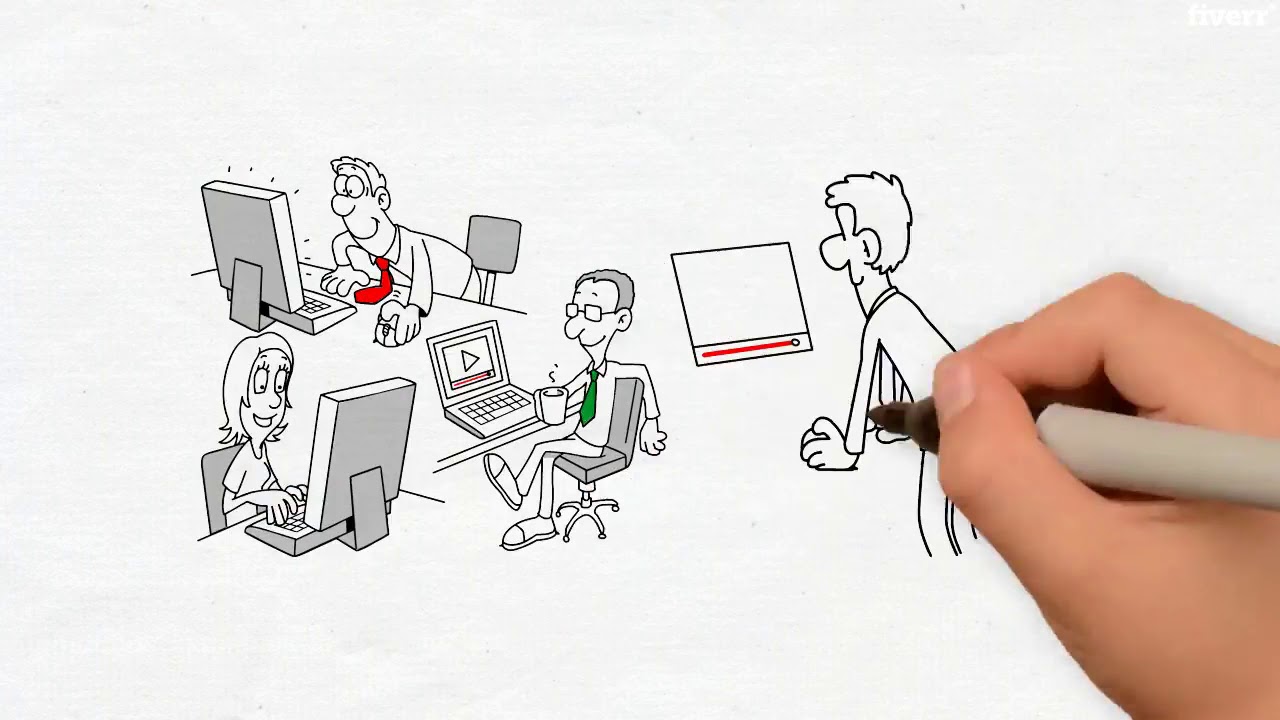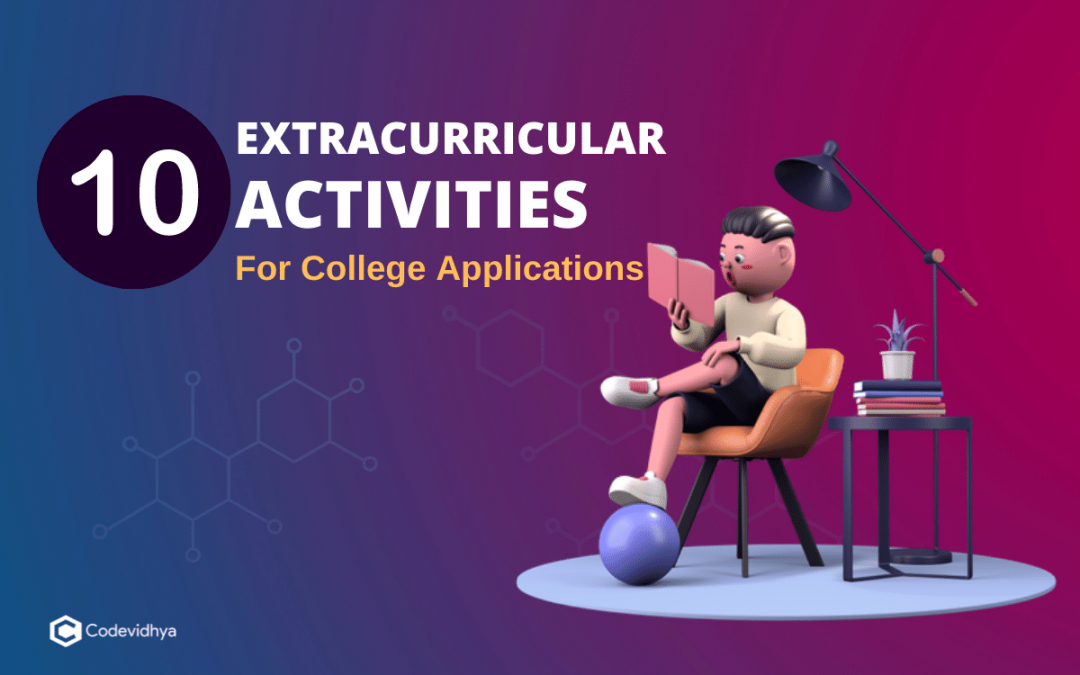There is no denying the fact that whiteboard animations have become a powerful medium for storytelling and marketing.
However, for success, you need to make sure it goes viral. Creating a whiteboard animation that goes viral requires more than just good illustrations and narration.
In this blog post, we are going to understand the important steps and strategies necessary to create whiteboard animations with proper whiteboard animation services that go viral. Let’s get started!
Understanding Your Audience
The first step in creating a viral whiteboard animation is to understand your target audience. Knowing who your viewers are will help you tailor your content to their interests, preferences, and pain points. Start by conducting thorough research on your audience demographics, such as age, gender, occupation, and interests. Utilize tools like Google Analytics, social media insights, and surveys to gather data about your audience. Once you have a clear understanding of who your audience is, you can create content that resonates with them and addresses their specific needs and concerns.
Crafting a Compelling Story
At the heart of every successful whiteboard animation is a compelling story. Your story should be engaging, relatable, and memorable. Begin by defining the core message you want to convey. What do you want your audience to take away from your animation? Once you have a clear message, brainstorm ideas for a story that effectively communicates this message. Your story should have a clear beginning, middle, and end, with a strong narrative arc that keeps viewers hooked from start to finish.
Consider incorporating elements of storytelling such as characters, conflict, and resolution. Characters can help humanize your story and make it more relatable to your audience. Conflict creates tension and keeps viewers engaged, while resolution provides a satisfying conclusion that reinforces your core message. Additionally, make sure your story is emotionally resonant. Emotions play a crucial role in making content memorable and shareable. Whether it’s humor, inspiration, or empathy, tapping into your audience’s emotions can significantly increase the chances of your animation going viral.
Creating High-Quality Visuals
The visual quality of your whiteboard animation is another critical factor in its success. High-quality visuals not only make your animation more appealing but also enhance the overall viewing experience. Start by ensuring that your illustrations are clear, detailed, and visually appealing. Use a consistent style throughout the animation to maintain visual coherence. Avoid clutter and keep the visuals simple to ensure that the message is easily understood.
In addition to the illustrations, pay attention to the transitions and animations. Smooth transitions and well-timed animations can make your whiteboard animation more dynamic and engaging. Use software tools like VideoScribe, Doodly, or Adobe Animate to create professional-looking animations. These tools offer a range of features and templates that can help you create high-quality whiteboard animations with ease.
Writing an Engaging Script
The script is the backbone of your whiteboard animation. It should be well-written, engaging, and aligned with the visuals. Start by writing a draft of your script that outlines the key points and narrative structure. Keep your script concise and to the point, avoiding unnecessary jargon and complex language. Use a conversational tone to make your script more relatable and engaging.
As you write your script, consider how it will be narrated. The narration should complement the visuals and enhance the overall storytelling experience. Practice reading the script aloud to ensure that it flows smoothly and sounds natural. If possible, hire a professional voice actor to narrate your script. A good voice-over can significantly enhance the quality of your whiteboard animation and make it more engaging for viewers.
Optimizing for SEO
To increase the visibility of your whiteboard animation, it’s essential to optimize it for search engines. Start by conducting keyword research to identify relevant keywords and phrases that your target audience is searching for. Incorporate these keywords into the title, description, and tags of your video. Additionally, include a transcript of your video in the description to improve its search engine ranking.
Create a compelling thumbnail and title that captures the attention of potential viewers. The thumbnail should be visually appealing and representative of the content, while the title should be concise, descriptive, and include relevant keywords. Promoting your video on social media and other platforms can also help improve its visibility and increase the chances of it going viral.




